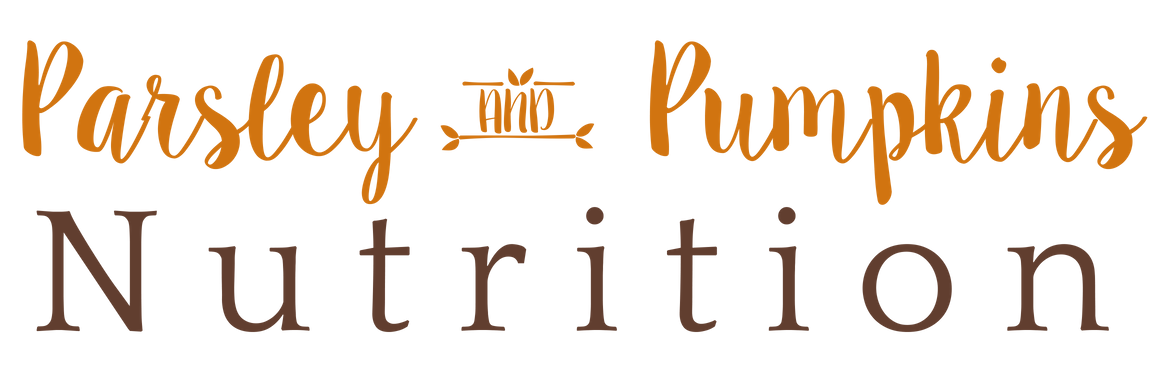Are fresh green beans more nutritious than frozen?
Have you ever heard someone say that vegetables loose their nutritional value when you cook them? Or that frozen veggies have just as much nutrition as fresh ones? Have you heard that beans and legumes contain anti-nutrients? I remember hearing things like this years ago and I still hear about it today.
If you follow along on facebook or instagram you know I've been talking about green beans this week. I thought green beans would be a great veggie to use an example when comparing nutrient quality. They're incredibly nutrient dense little veggies!
Green Beans vs. Dried Beans
Green beans are the young, immature pods of bean plants. From a gardening perspective, bean plants are pretty versatile. As soon as they begin to produce tender green pods (what we call green beans) you can harvest and eat them raw or gently cooked.
Alternatively, you can let those pods stay on the plant all through the summer until the plant dies, the pods shrivel up, and you can hear the beans rattle around inside. Those are the dried beans we see in bags at the grocery store, the pinto beans, black beans, and kidney beans. Some of those dried beans might get used up in stews at the end of summer and some of them will be saved and planted again next year. The circle of life, baby.
You may have heard that beans contain anti nutrients which detracts from the health benefits we associate with beans and other legumes. The fully mature, dried seeds that we call beans contain phytic acid which binds to minerals and inhibits digestive enzymes as it goes through our digestive systems. Green beans, on the other hand, are so young and under developed that they contain only trace amounts of phytic acid. The nutrients in green beans are much more accessible to our digestive systems and less irritating to people who have trouble digesting the fully developed dried beans. Read more about phytic acid here.
Green Beans Cooked, Frozen, or Raw
The way you cook your food will change it's nutrient quality. That's a fact. But the degree to which it changes and whether or not it matters to your daily life are usually small.
I went through the nutritional information for four preparations of green beans and set up a side by side comparison. The chart includes raw green beans (you can eat them raw, by the way), fresh green beans that have been boiled, frozen green beans that have been boiled, and canned green beans. The raw figures come from nutritiondata.self, a great resource for poking into the nutritional quality of your food.
Who knew green beans were so nutritious, right?! They've got all kinds of vitamins and minerals. You can see that nutritional quality varies depending on how the green bean was prepared, but not by much.
The important thing is just to eat real, whole foods. Whether you get them canned, frozen, or fresh is a matter of price, convenience, and preference. Either way, your body will thank you.
I teach people how to cook and eat real food with confidence so that you can have less stress, better health, and WAY more fun in the kitchen and in life.
Join the newsletter for tips, inspiration, and stories every Thursday!



